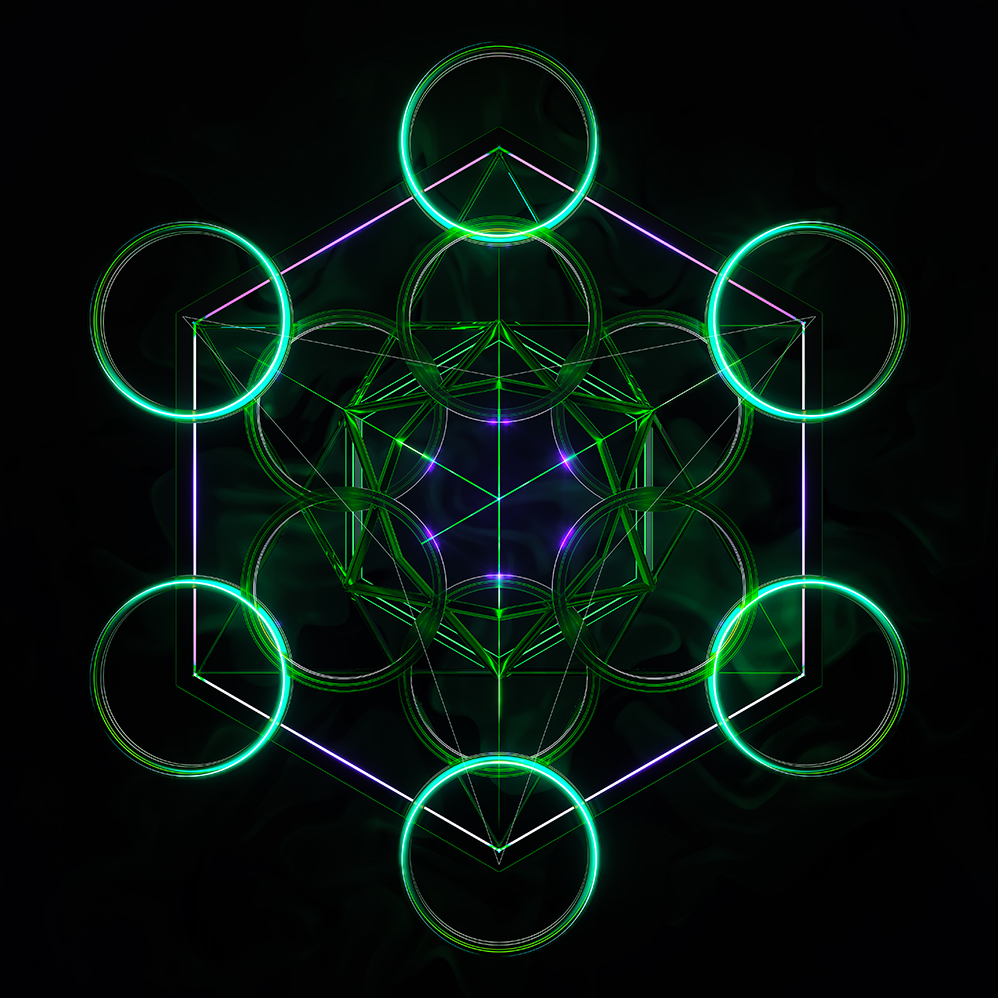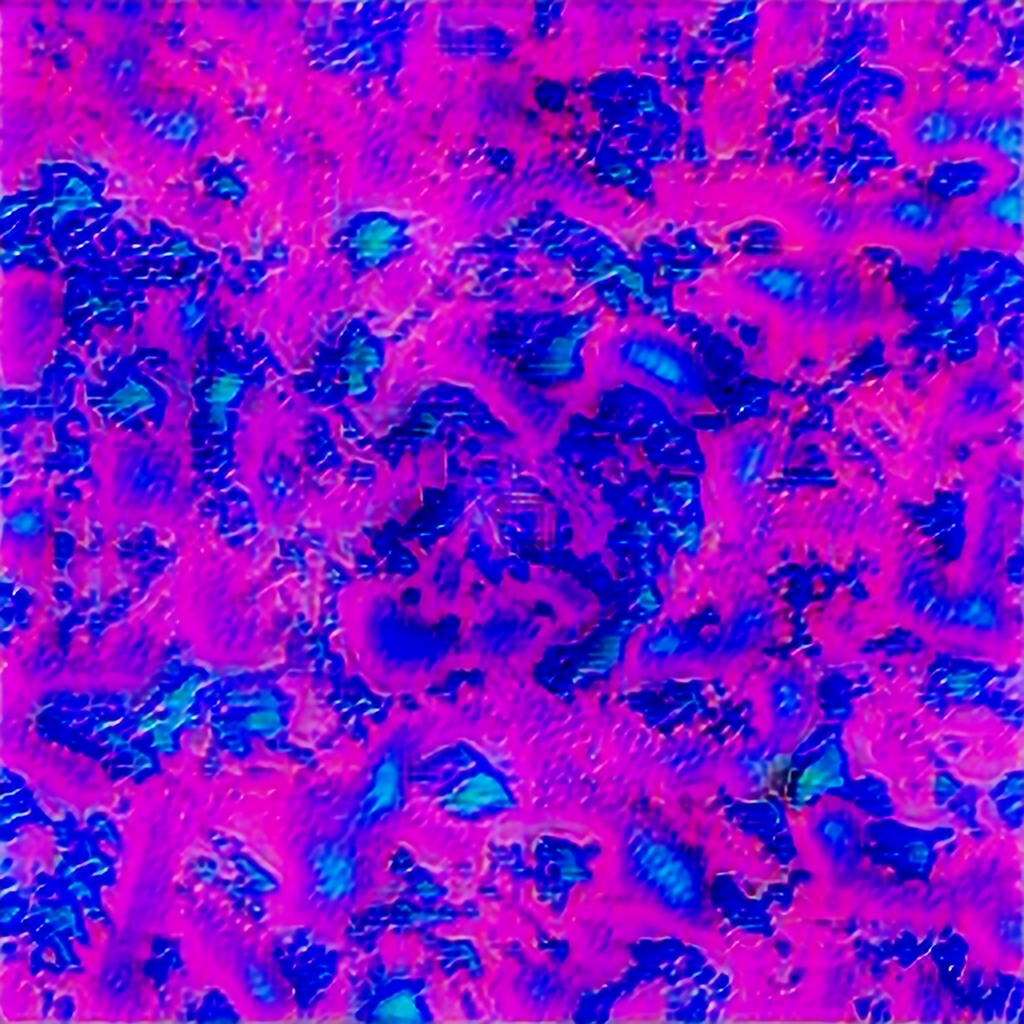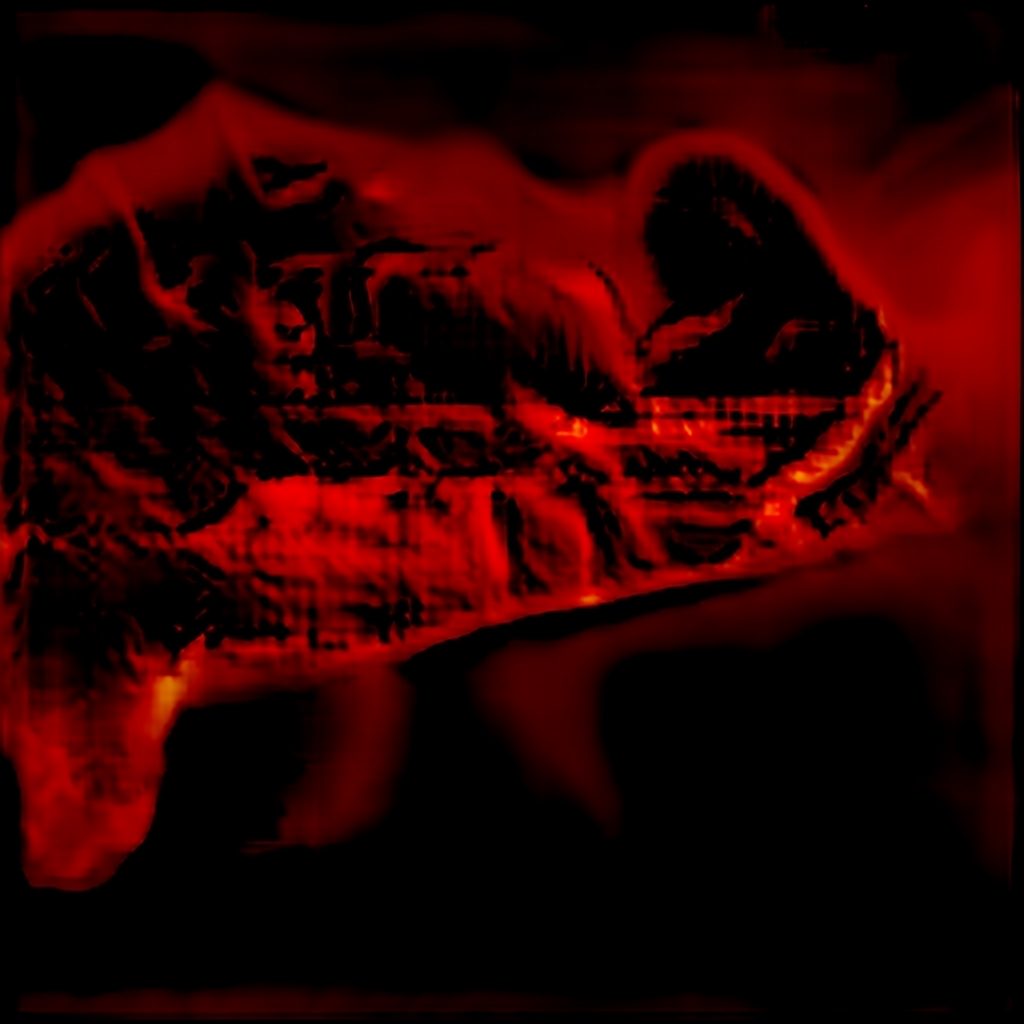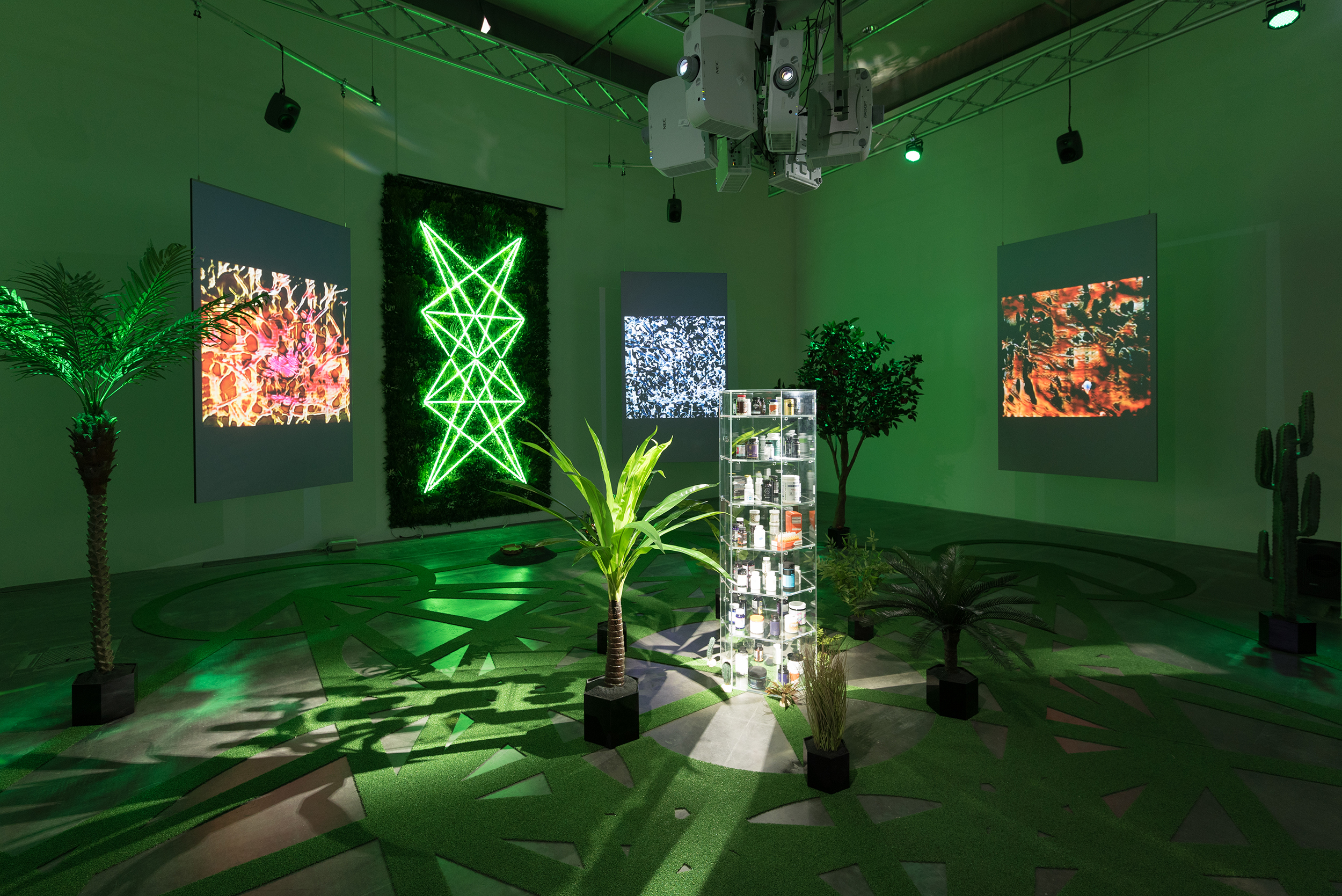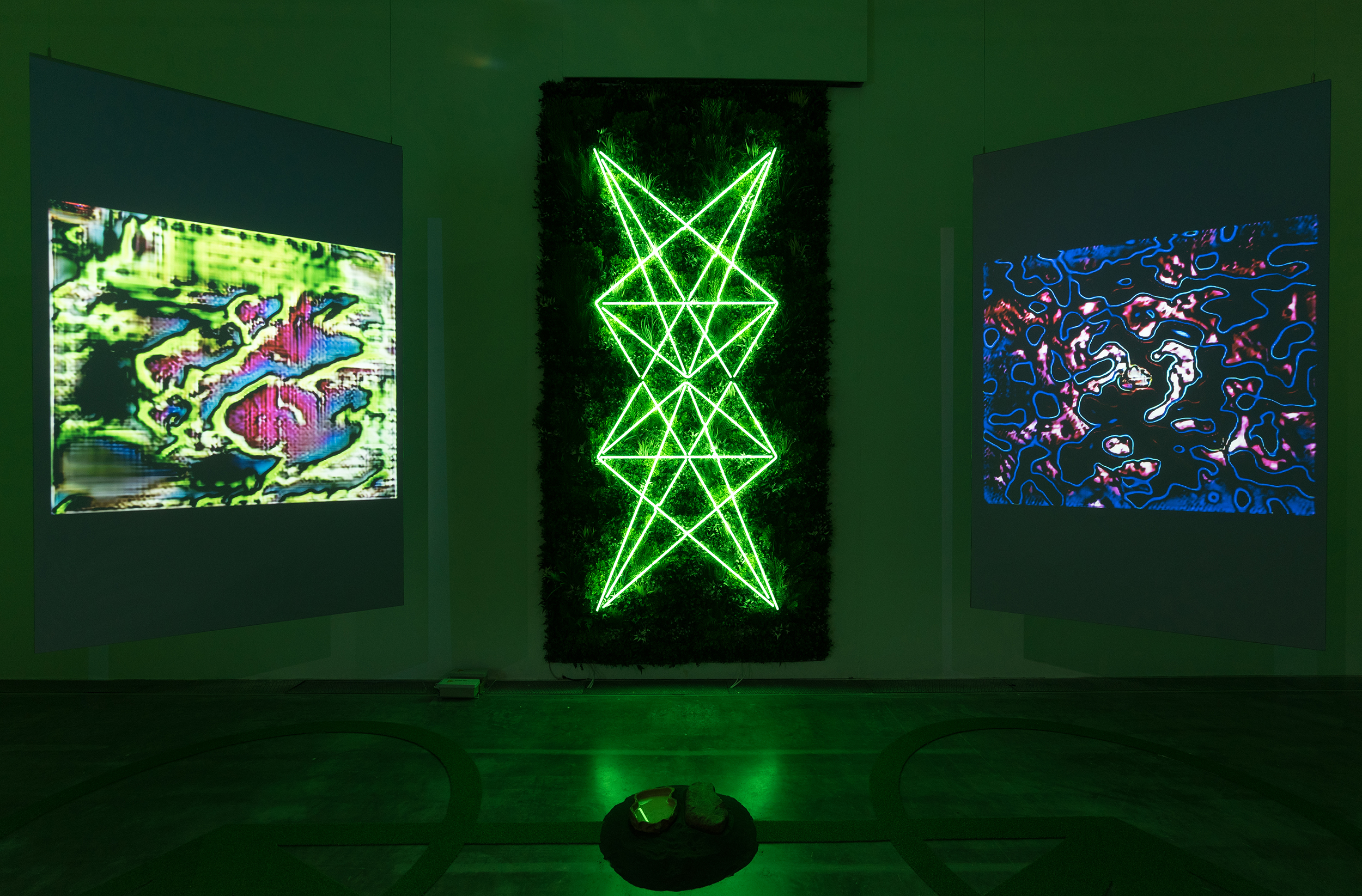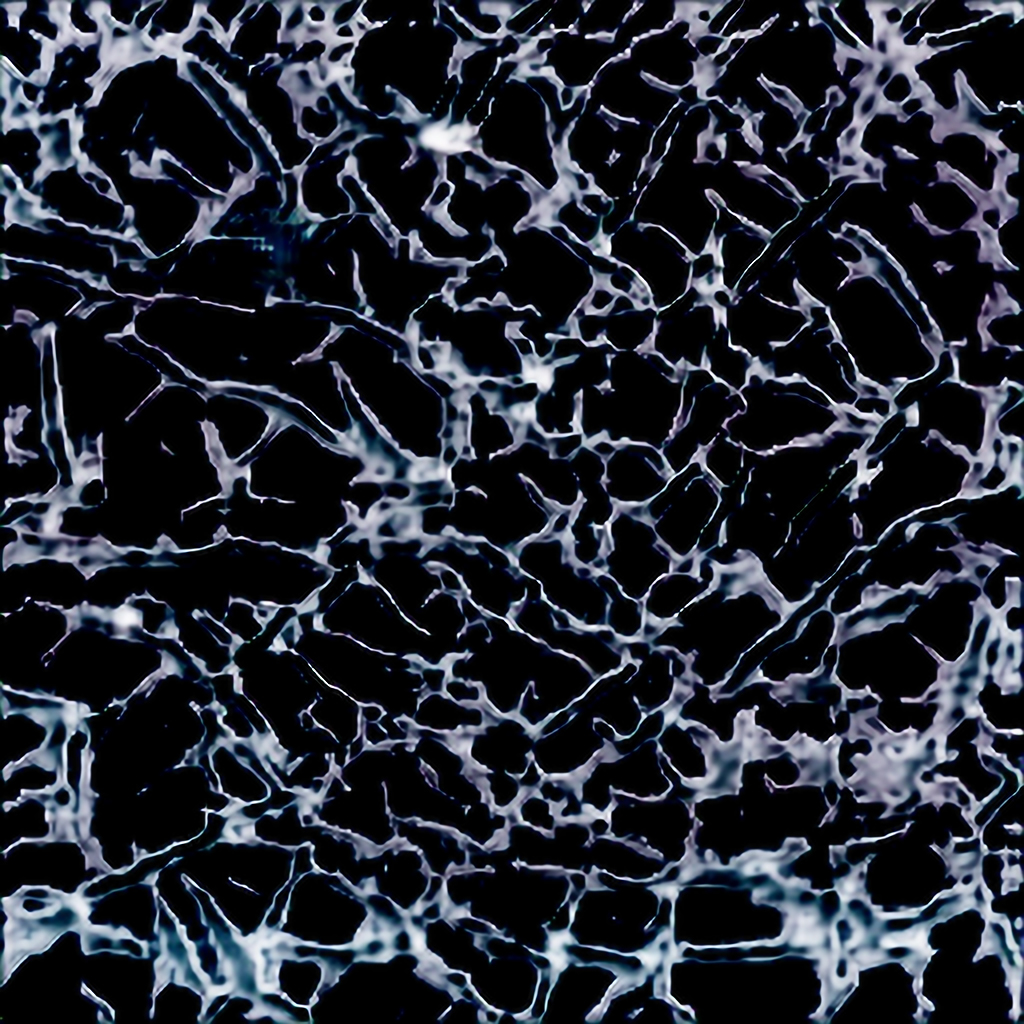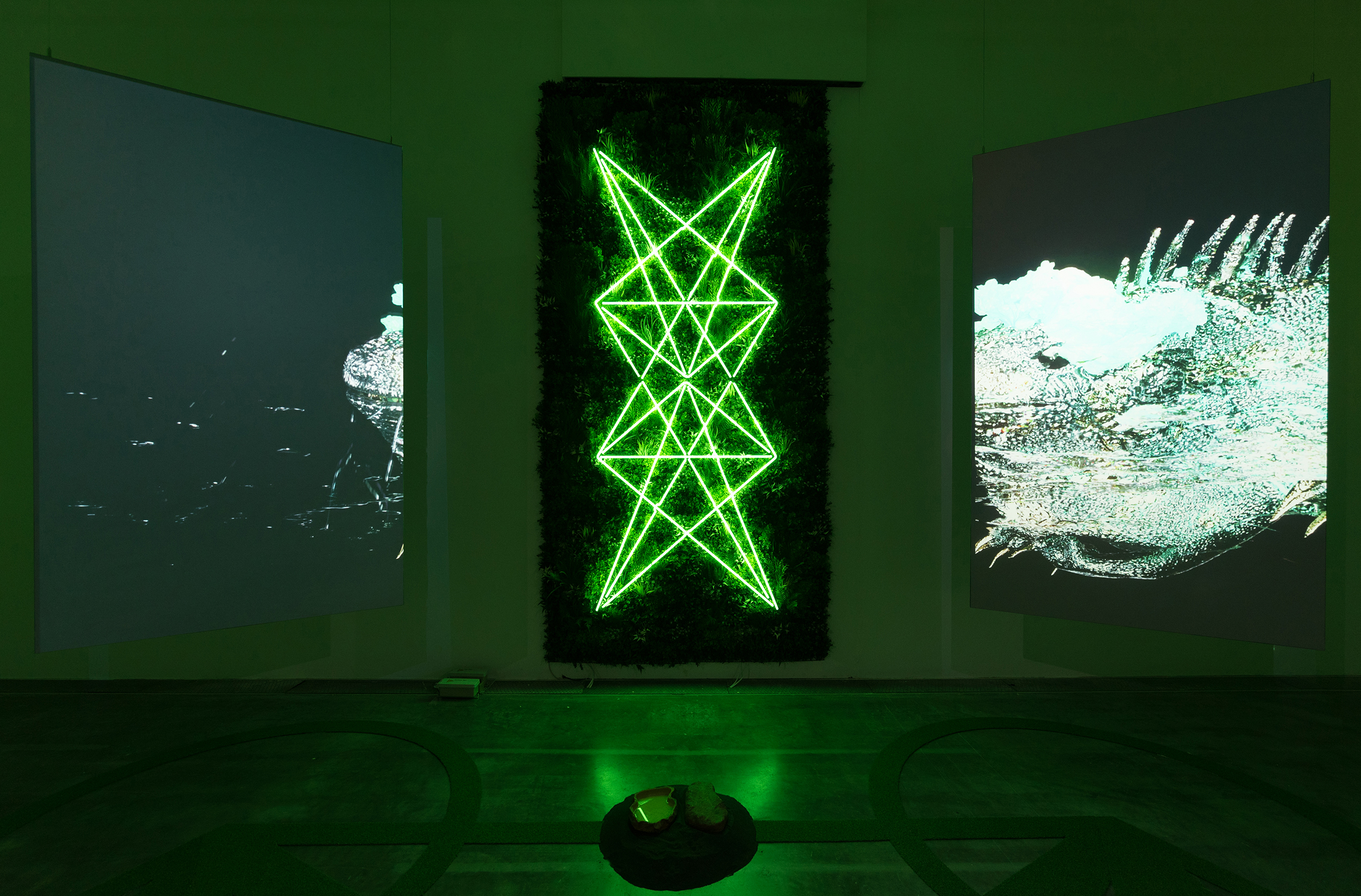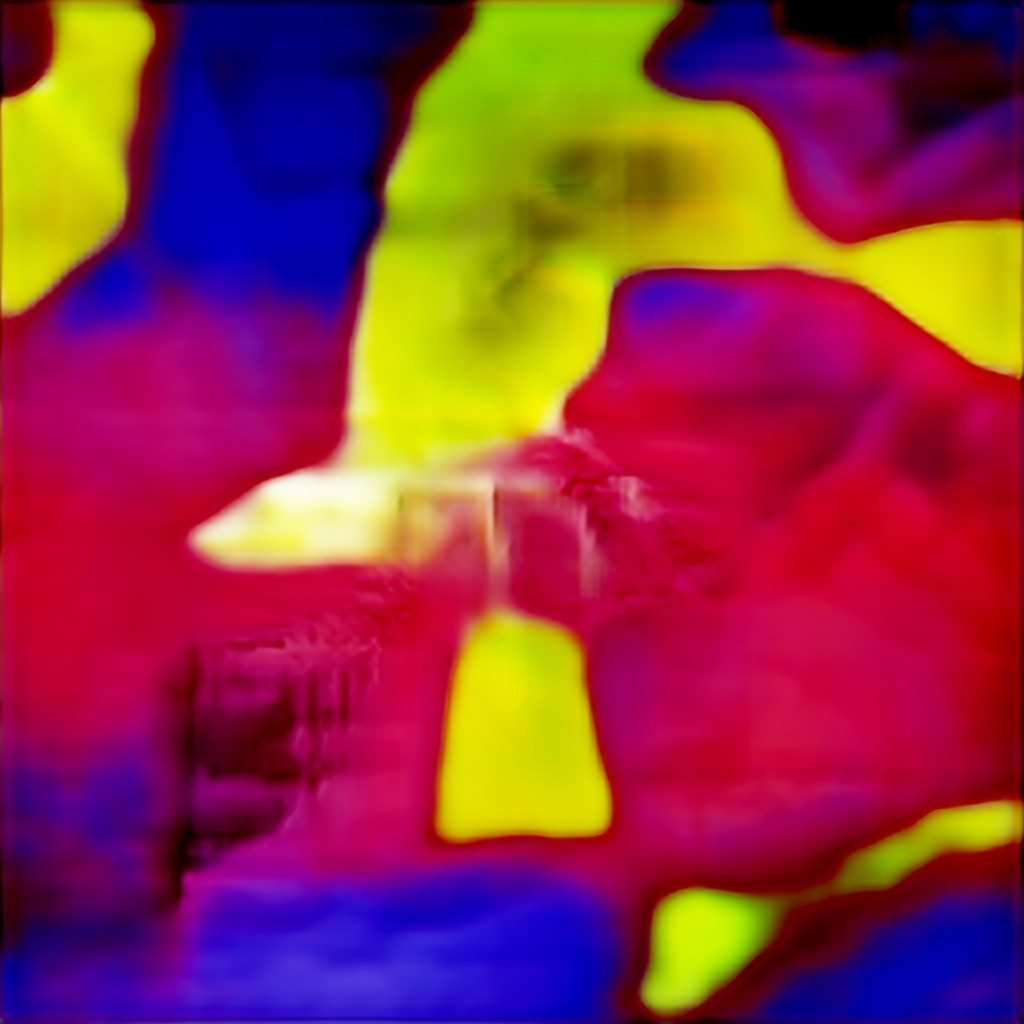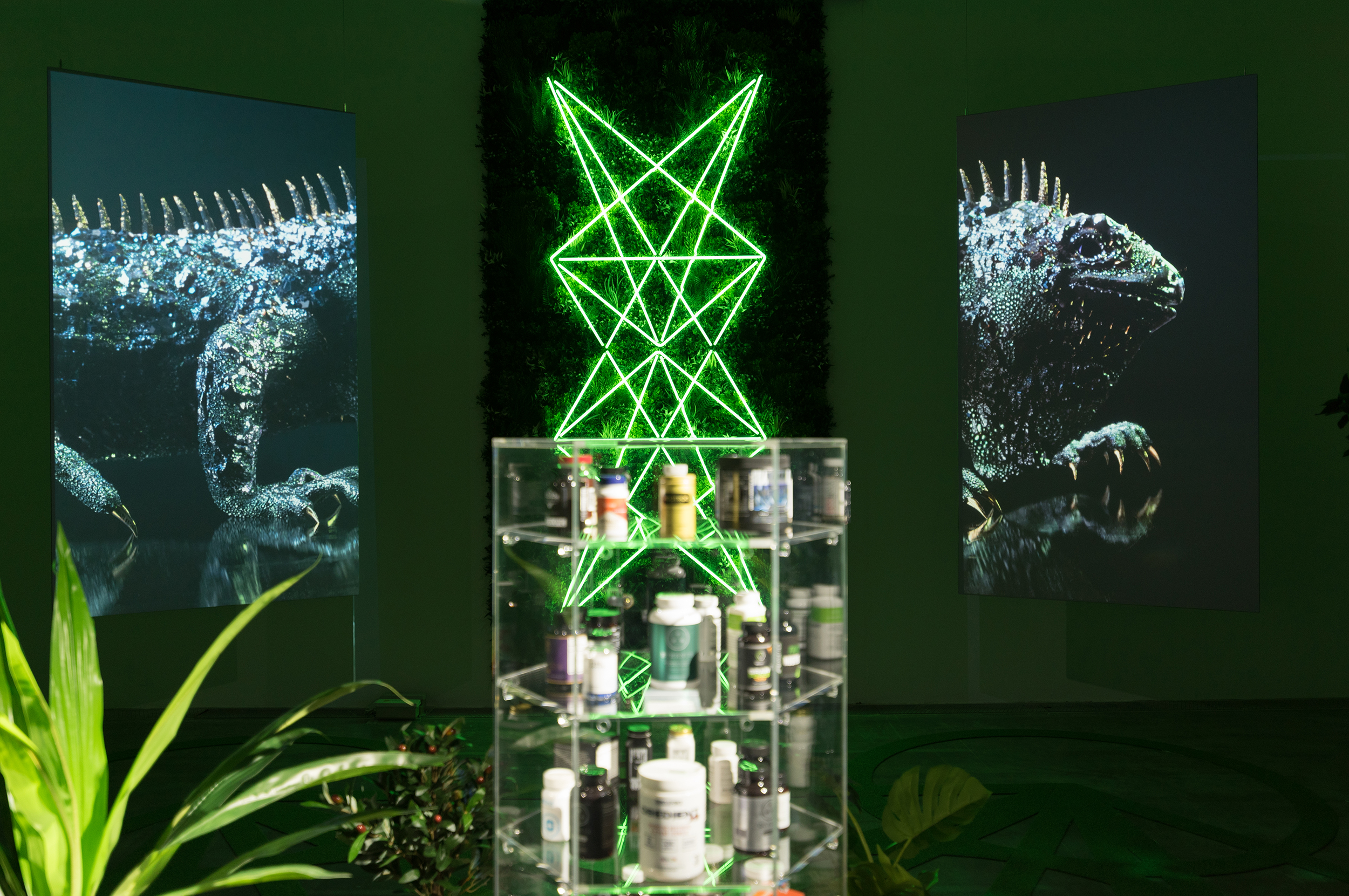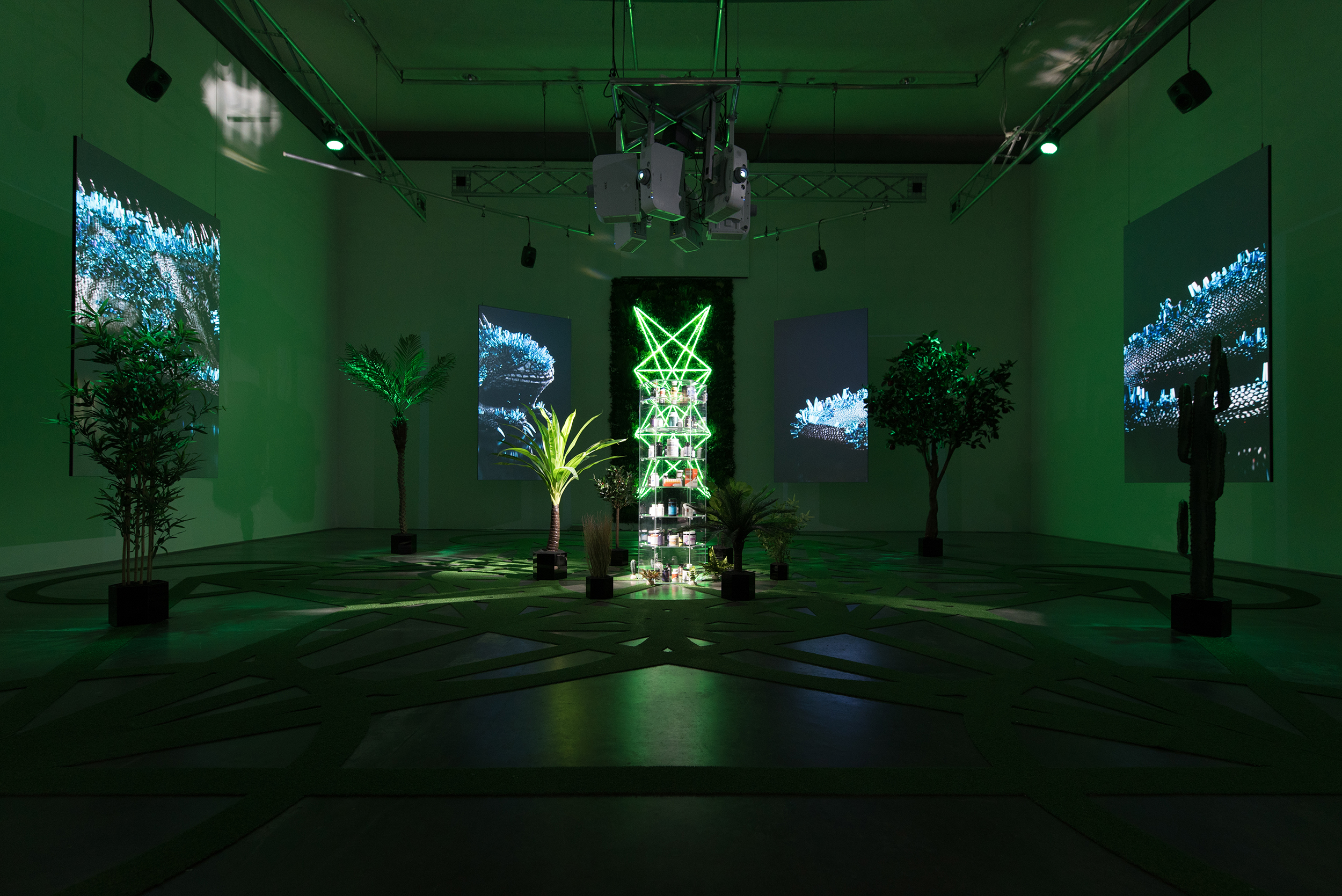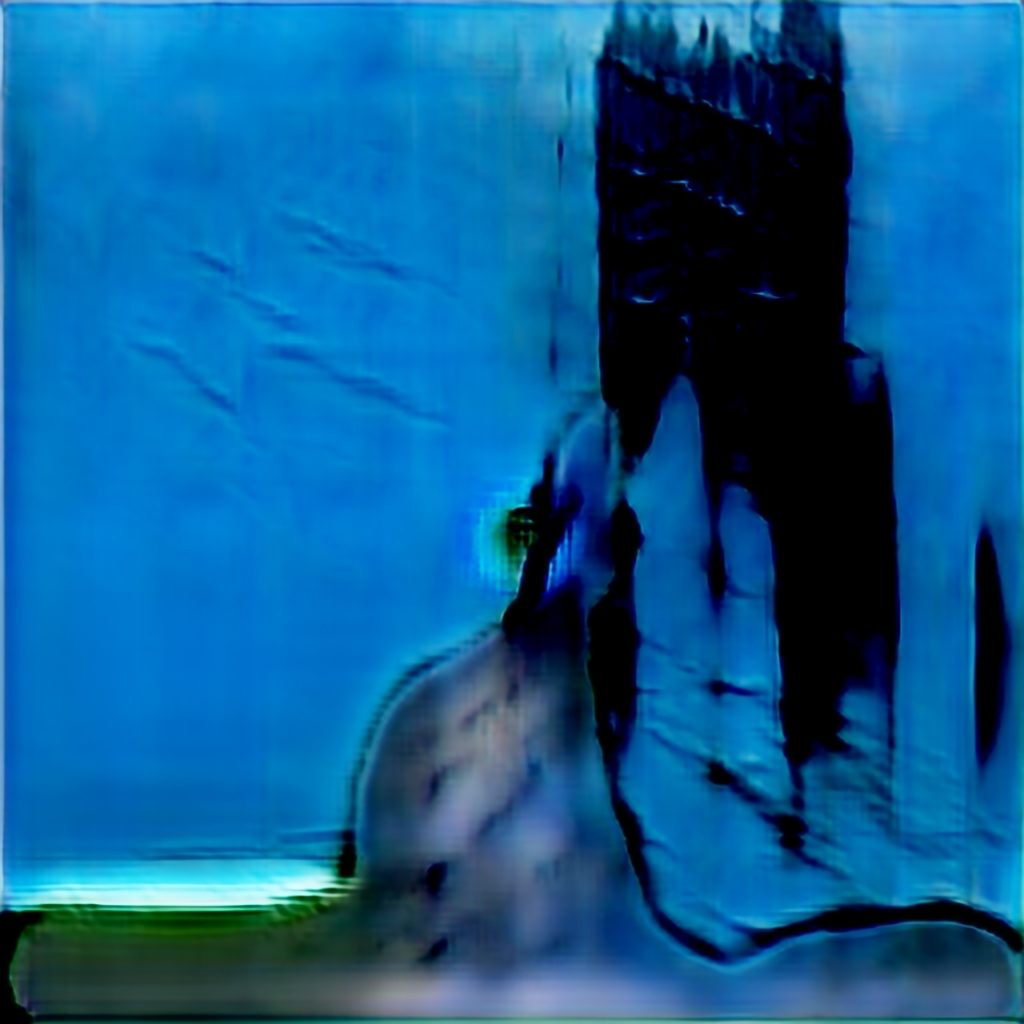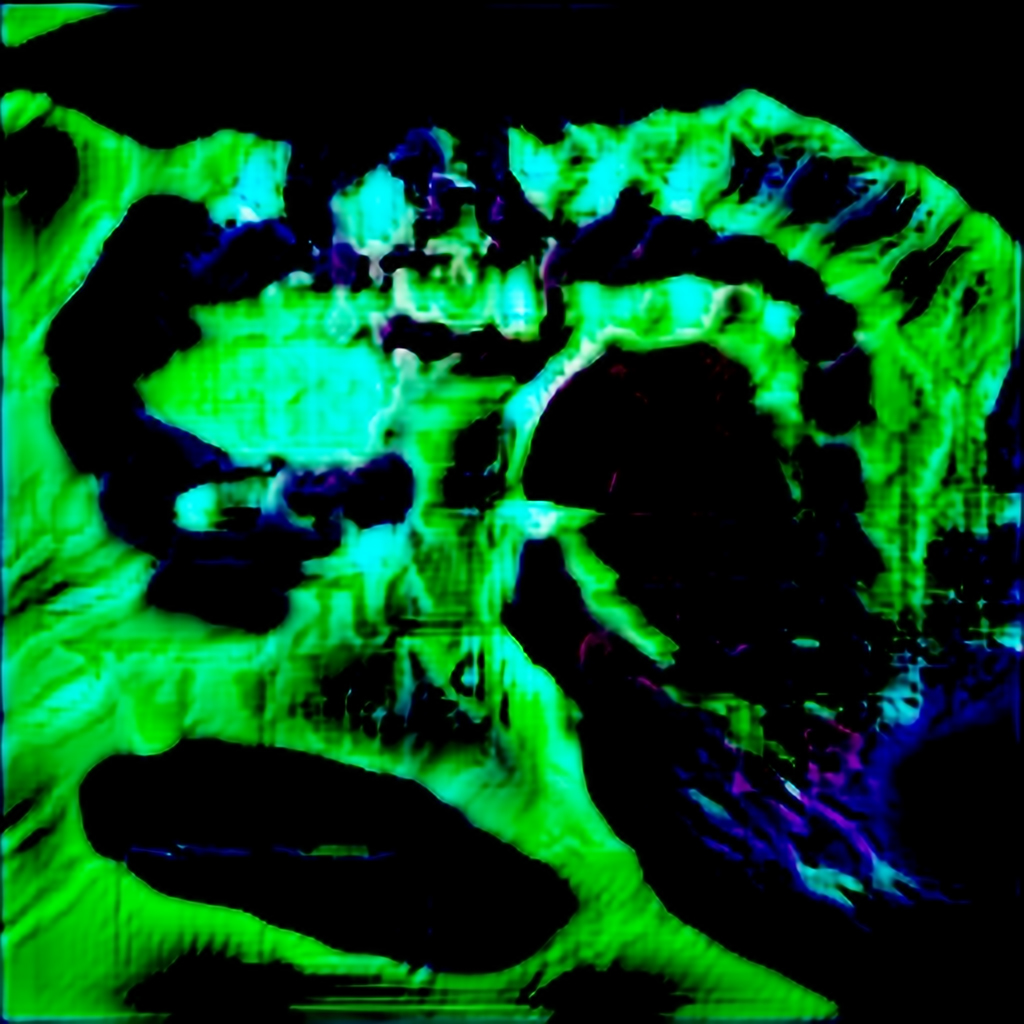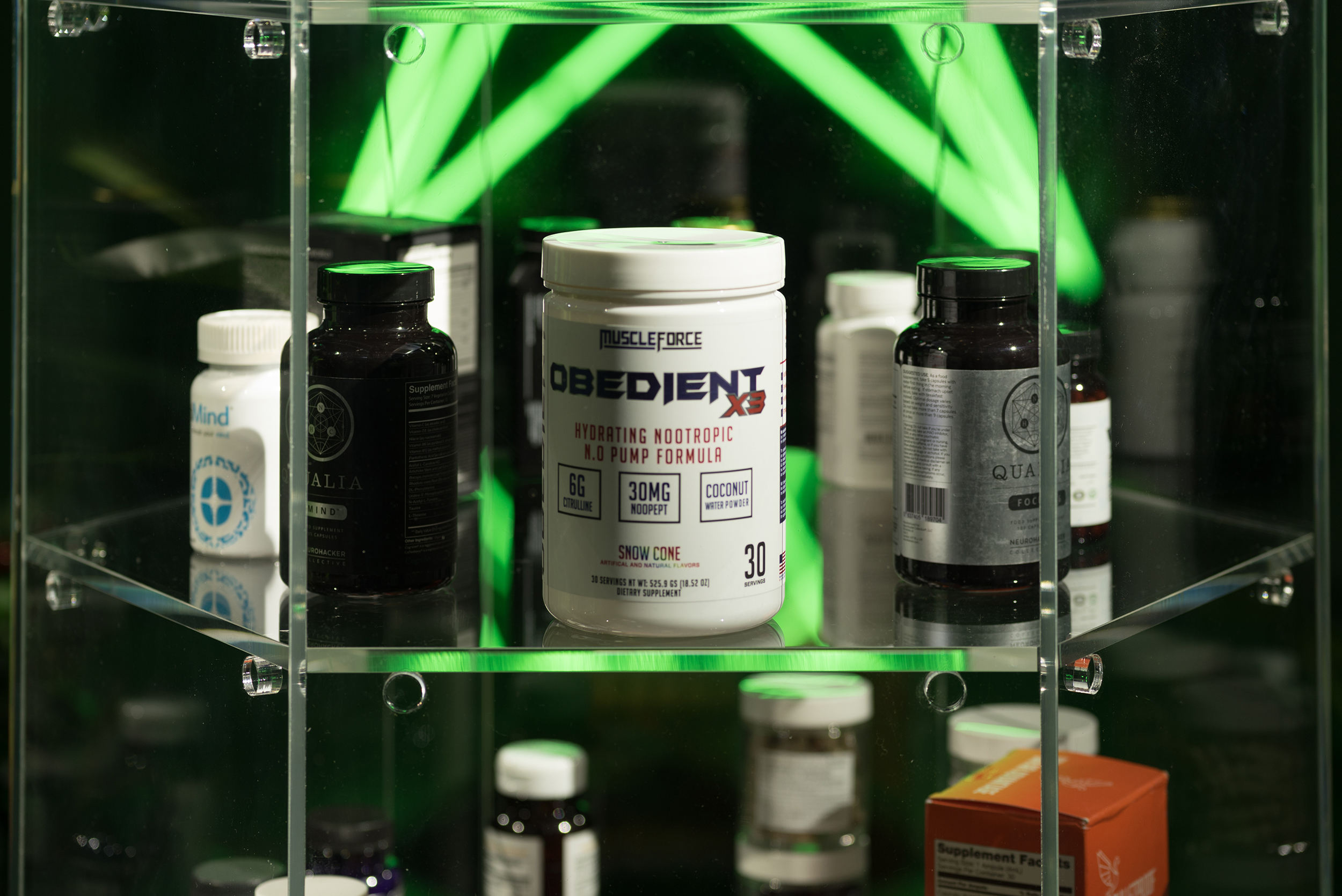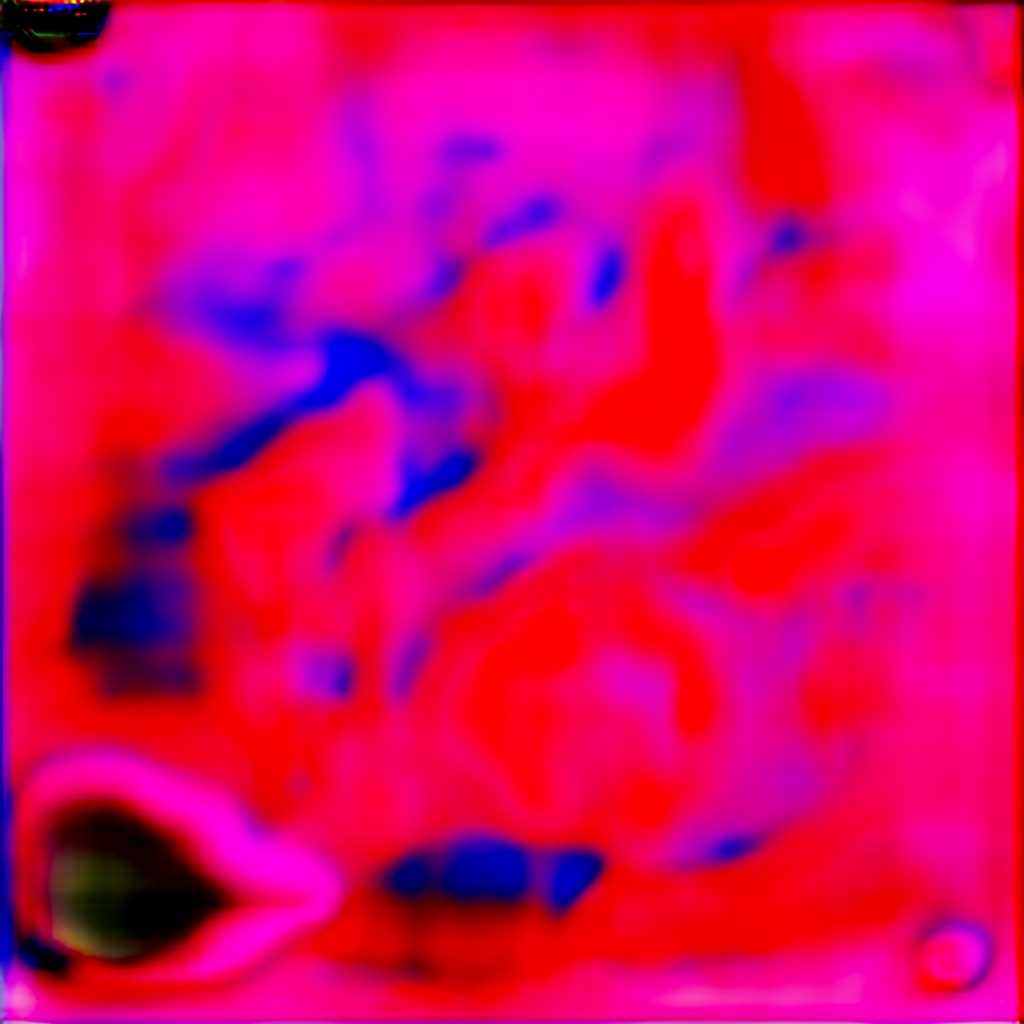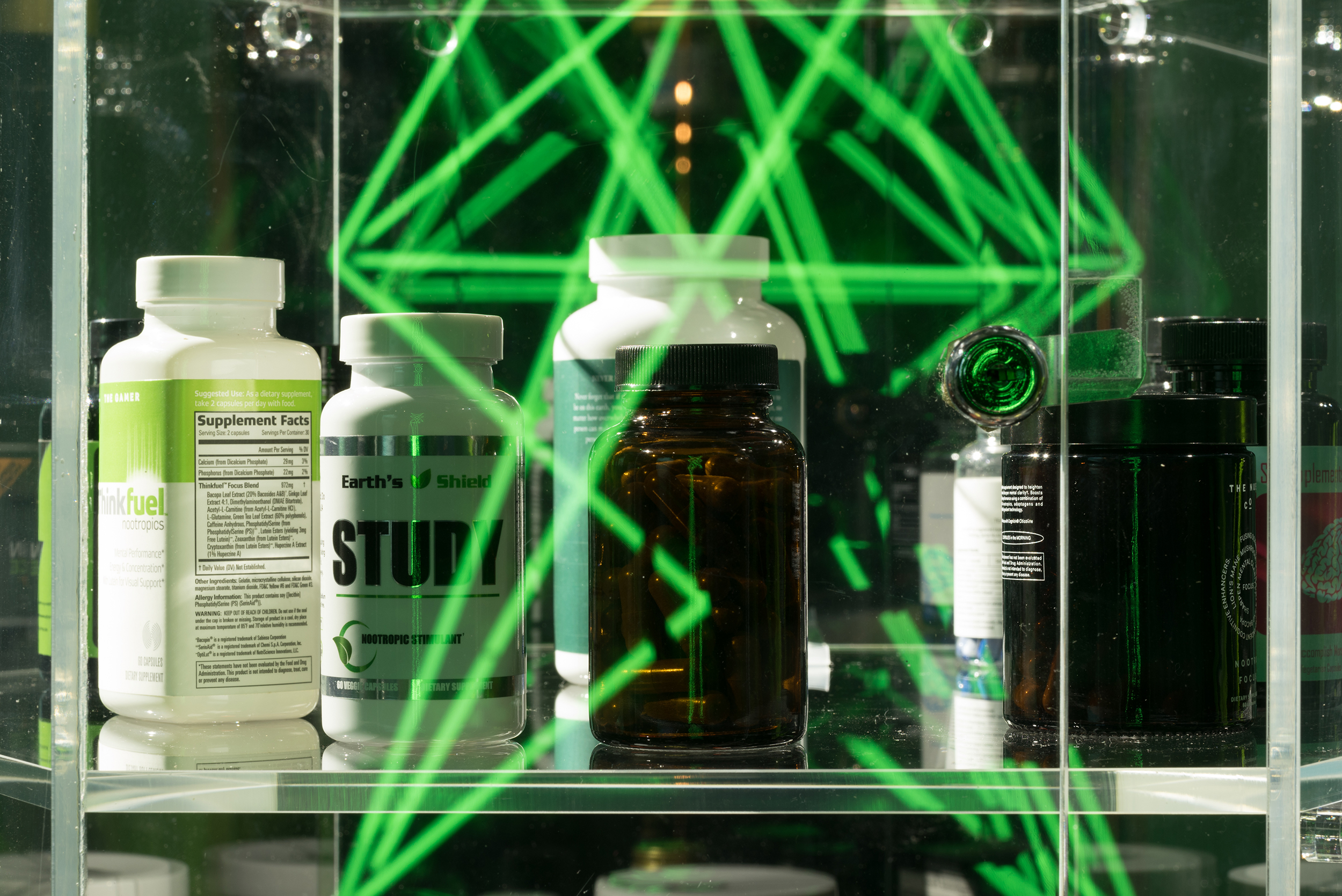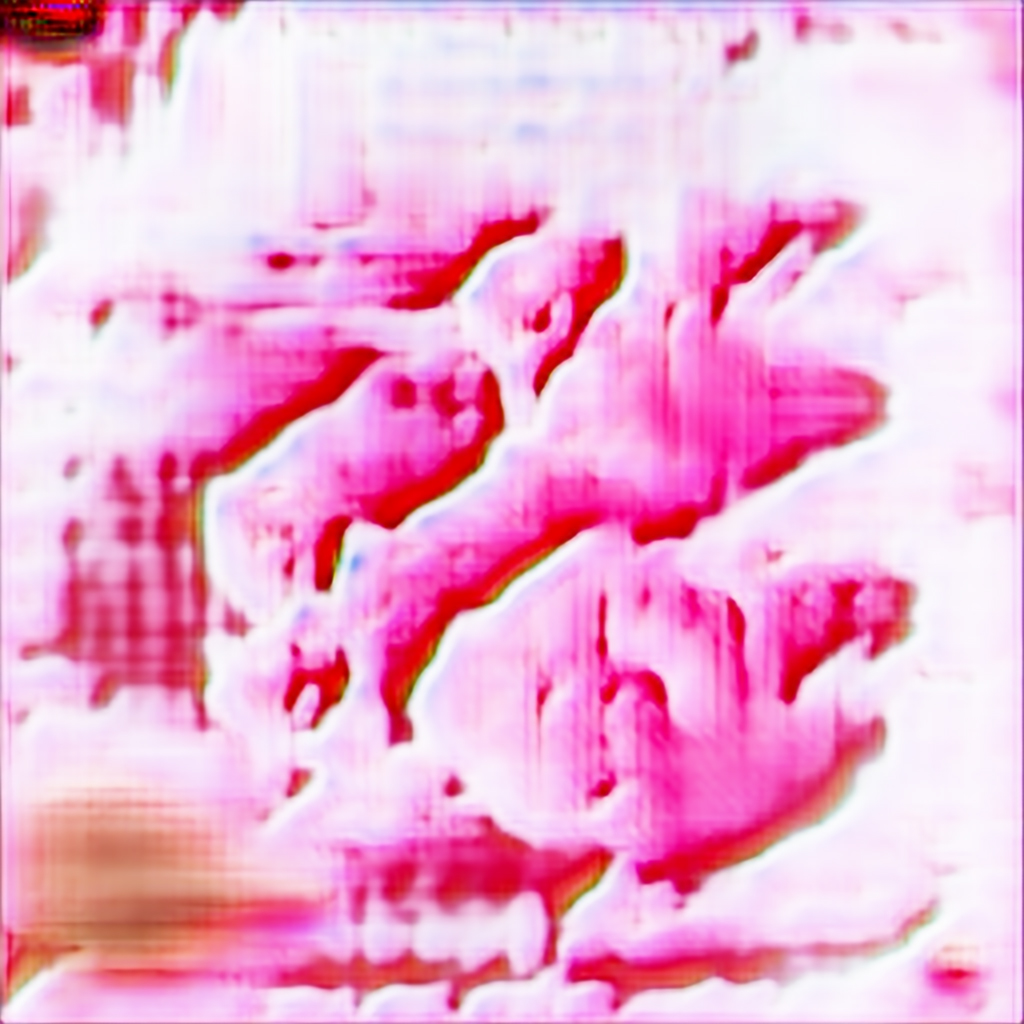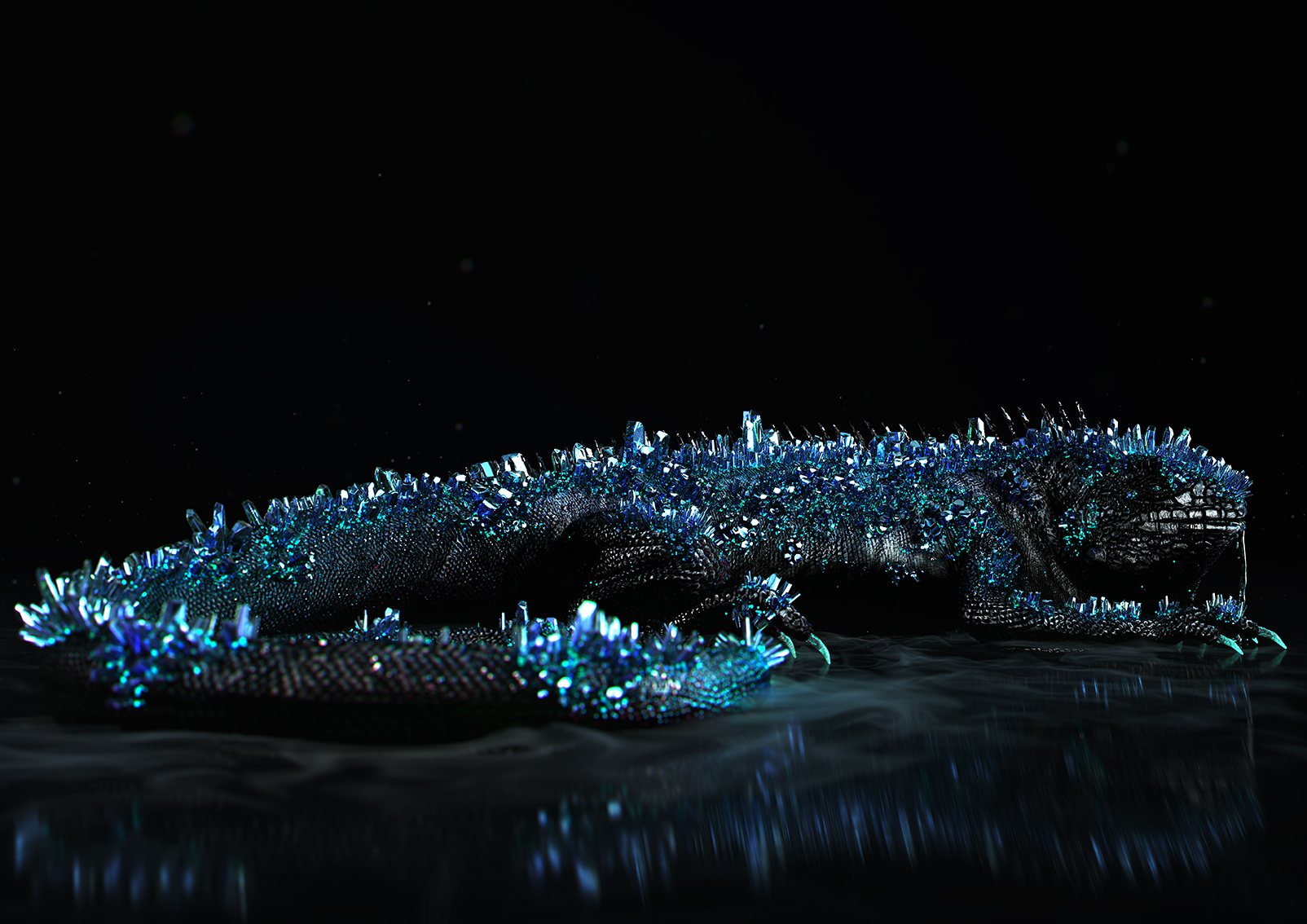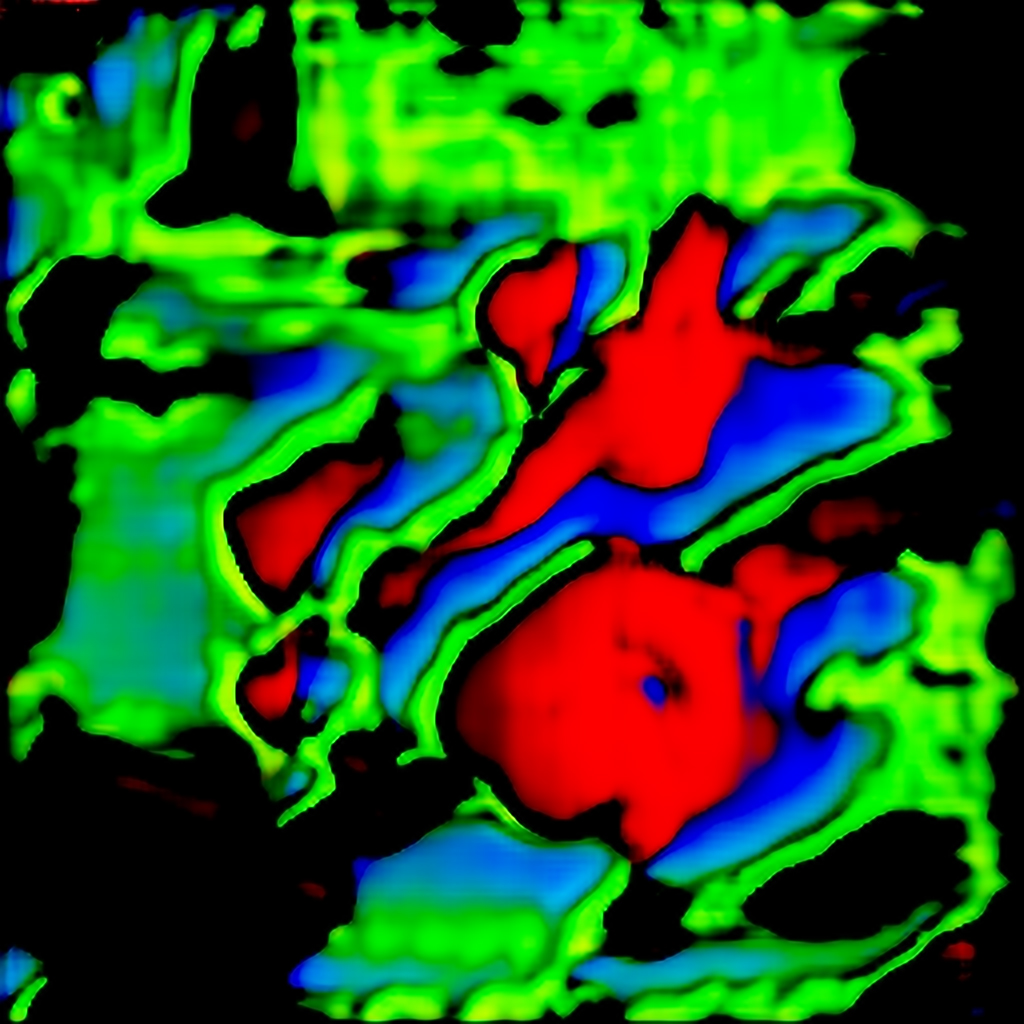The Doors is a multimedia installation exploring psychedelia, drug use, and artificial intelligence. A sequel to Contra-Internet: Jubilee 2033—a film that follows author Ayn Rand on an acid trip, in which she bears witness to a dystopian future of the internet —The Doors is the first installment in a trilogy of queer science fiction works that takes on the fantasies, beliefs, and Californian histories that influence Silicon Valley and the tech industry today.
The Doors looks closely at Silicon Valley’s connections to Californian counter-culture from the 1960s. Set within a mystical artificial garden, The Doors features a 7.1 surround sound design and six channels of video comprised of computer graphics sequences and psychedelic machine learning-generated imagery related to a new wave of drug use interested in “nootropics.” In contrast to a “turn on, tune in, drop out” ethos, taking nootropics has gained popularity in the tech industry as “smart drugs” designed to unlock the mind to labor harder and faster. Nootropics include commercially available “stacks” and microdoses of LSD and psilocybin mushrooms.
The Doors envisions a psychedelic trip on nootropics, alluding to a constellation of Californian drug references including Aldous Huxley’s writing on LSD and the 1960s rock band of the same name fronted by Jim Morrison, nicknamed “the Lizard King.” The installation consists of spoken word poetry generated by artificial intelligence, trained on corporate nootropics literature and Morrison’s writing and voice. As poems are recited, CGI lizards modeled on the prehistoric Barbaturex morrisoni (named after Morrison) roam across a hexagonal formation of black mirror screens, a recasting of the doors of perception.
The garden in The Doors is designed as a Metatron’s Cube—a symbol of sacred geometry used in nootropics branding and presented as an artificial grass sigil. The garden collapses geographies and includes plants and soundscapes from Myanmar, Hawaii, San Francisco Bay Area, Mojave Desert, and an imagined plastic garden. A neon greenwall looms over and illuminates the artificial flora, transforming a neural network diagram into an occult symbol. At its base resides a black sand alter with a lizard watering dish and heated rock. In the center, a drug menagerie stands, containing 65 popular nootropics, such as Neurohacker Collective’s Eternus stack, Infowars’ Brain Force Plus capsules, and 1P-LSD tabs.
The Doors also features AI-driven video, trained on image datasets of psychedelic rock posters, LSD blotter art, brains, glass architecture, sacred geometry, broken glass, and lizard skin, and an AI soundtrack generated from binaural beats, crystal bowl sound baths, ASMR keyboard typing, and music by The Doors. The machine learning imagery, which is halted before it coheres into recognizable patterns, echoes the saturated, colorful imagery associated with psychedelia. Evoking a 1960s liquid light show, The Doors proposes AI as generative of a new psychedelic experience for the nootropics age, provoking hallucinations of how to see and control the future, optimize the brain for labor, and live forever.
The Doors is the first work of Blas’s Silicon Traces trilogy, a series of moving image installations that contends with the beliefs, fantasies, and histories influential to Silicon Valley’s visions of the future.
Credits
- Commissioned by Edith-Russ-Haus für Medienkunst, de Young Museum, and Van Abbemuseum
- Architect and Designer: Scott Kepford
- Machine Learning Engineers (video and poetry): Ashwin D’Cruz and Christopher Tegho
- Machine Learning Engineers (voice and music): Sam Parke-Wolfe and Cameron Thomas
- Machine Learning Artist Consultant: Jake Elwes
- Computer Graphics Supervisor: Harry Sanderson
- Animation: Mikkel Aabenhuus Sørensen
- Animation Assistant: Yan Eltovsky
- Modelling and Visual Effects: Dayne Kolk
- Simulation Assistant: Aslak Kjølås-Sæverud
- Compositing: Felix Lee
- Video Editor: Isabel Freeman
- Musicians: xin and Aya Sinclair
- Supervising Sound Editor: Tom Sedgwick
- Mix Engineer: Ben Hurd
- Artificial Grass Sigil: Evergreens UK
- Screens: Sparkuhl
- Neon: Kemp London
- Artificial Plant Wall: Ascott
- Nootropics Menagerie and Hexagonal Plant Pots: Hamar Acrylic
- Supported by a Grant for Media Art of the Foundation of Lower Saxony, Edith-Russ-Haus für Medienkunst
- Special Thanks: Peter Burr, Rebecca Edwards, Luba Elliott, Andrew Hibbard, Mahan Moalemi, Edit Molnar, Claudia Schmuckli, Marcel Schwierin, Mark Stokes, Nimrod Vardi, and Darnell Witt

